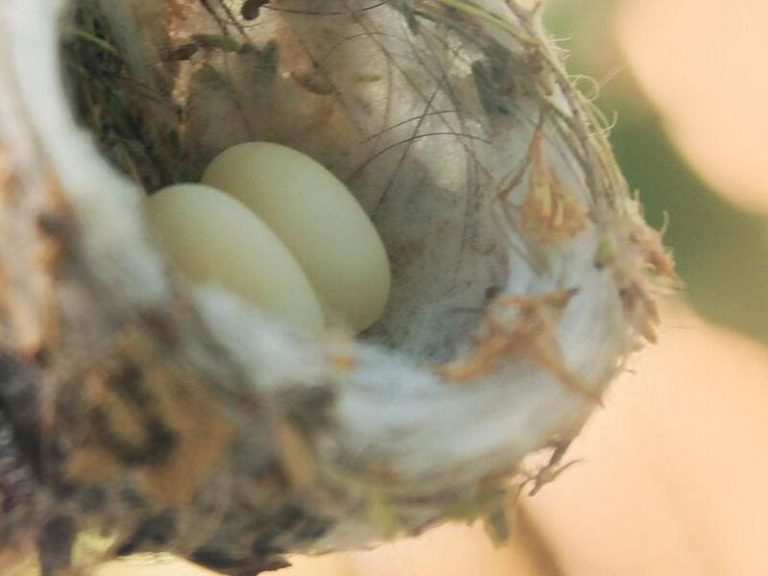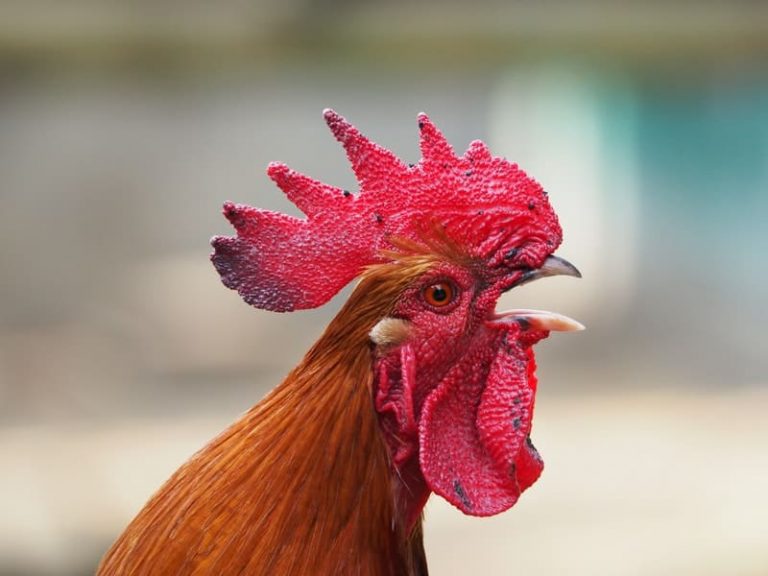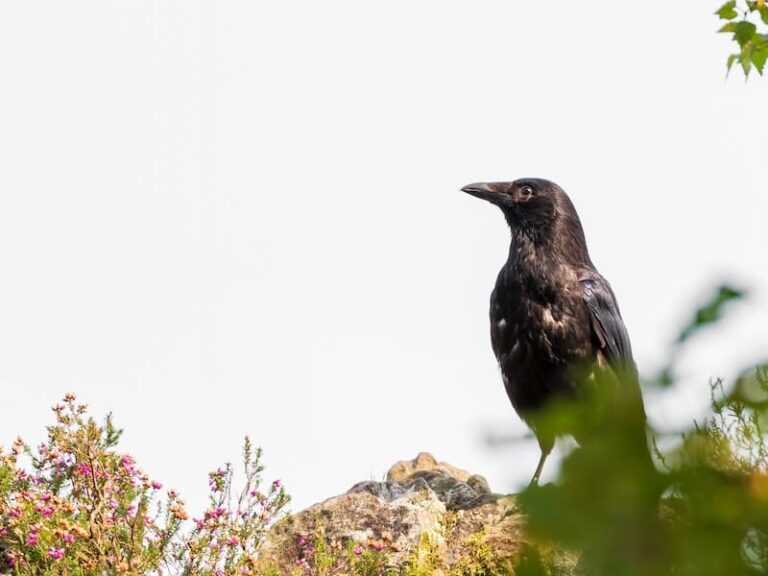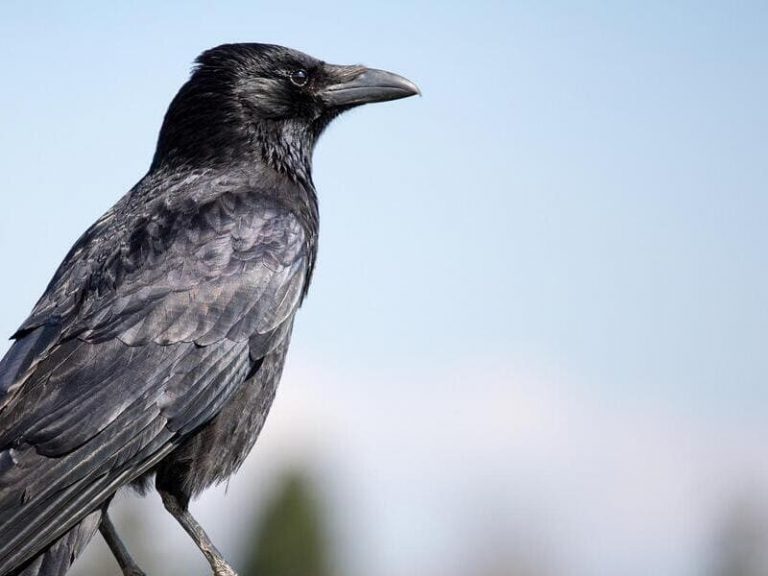How Long Do Sparrows Live?
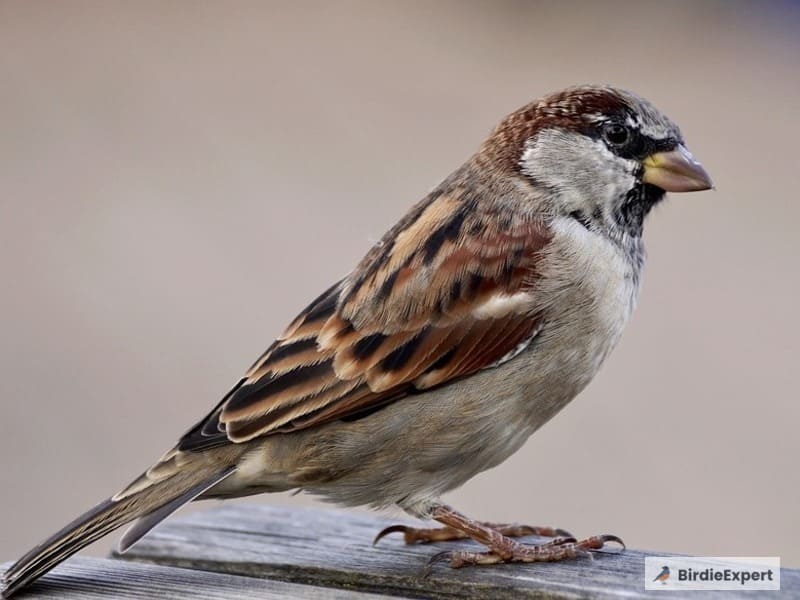
Have you ever wondered how long do sparrows live? Which factors influence the lifespan of a sparrow? Do I see the same sparrow in my yard every morning, or is it the next generation? In this blog post, we will answer these questions and more.
We will also discuss the different types of sparrows and what makes them unique. Sparrows are a common bird that can be found all over the world, and many people are curious about their lifespan.
Today we will explore the average lifespan of sparrows and some of the things that can affect their life expectancy. We will also talk about some interesting facts about sparrows that you may not have known before. So, keep reading!
How long do sparrows live?
| Sparrows | Lifespan | Main Causes of Death | Region |
|---|---|---|---|
| White-Throated Sparrow | 9 years | Cats and Window Bumps | Eastern and southern North America |
| Song Sparrow | 3-5 years | Window collisions, attacks from natural predators | North America |
| House Sparrow | 3-5 years | Predators, disease, hunting humans, pollution | North America |
| Rock Sparrow | 2-5 years | Climate change, habitat loss | Europe and Africa |
| Eurasian Tree Sparrow | 3 years | Contaminated ecosystem, cats and diseases | Europe and Asia |
| Vesper Sparrow | 6 years | Habitat loss and pesticide use | North-Central United States |
| Grasshopper Sparrow | 7 years | Pesticides, habitat loss in winter | Florida |
| Black-Throated Sparrow | 5 years | Loss of habitat, natural predators | Southwest United States |
| Saltmarsh Sparrow | 9 years | Habitat loss, global warming | North America |
The lifespan of a sparrow varies depending on the species, but the average lifespan is about 2 to 3 years. However, some sparrows have been known to live up to 10 years in captivity.
- The oldest recorded wild sparrow was 6 years and 9 months old.
- The longest-lived captive sparrow was 9 years and 10 months old.
Sparrows that live in cities tend to have shorter lifespans than those that live in villages. This is due to the fact that cities have more predators and fewer food sources.
In addition, sparrows that are kept as pets usually have shorter lifespans than wild sparrows. This is because they are often not able to find enough food, and they may also be exposed to diseases that they would not otherwise encounter.
Sparrows generally have a lower life expectancy than other birds due to their small size and the fact that they are often hunted by larger predators.
Despite their relatively short lifespans, sparrows are one of the most common birds in the world, with an estimated global population of nearly 1 billion. As we know how long do sparrows live, let’s discuss their survival capacity in detail now.
Recommended reading: Types of Birds That Look Like Sparrows
How long can sparrows survive in captivity?
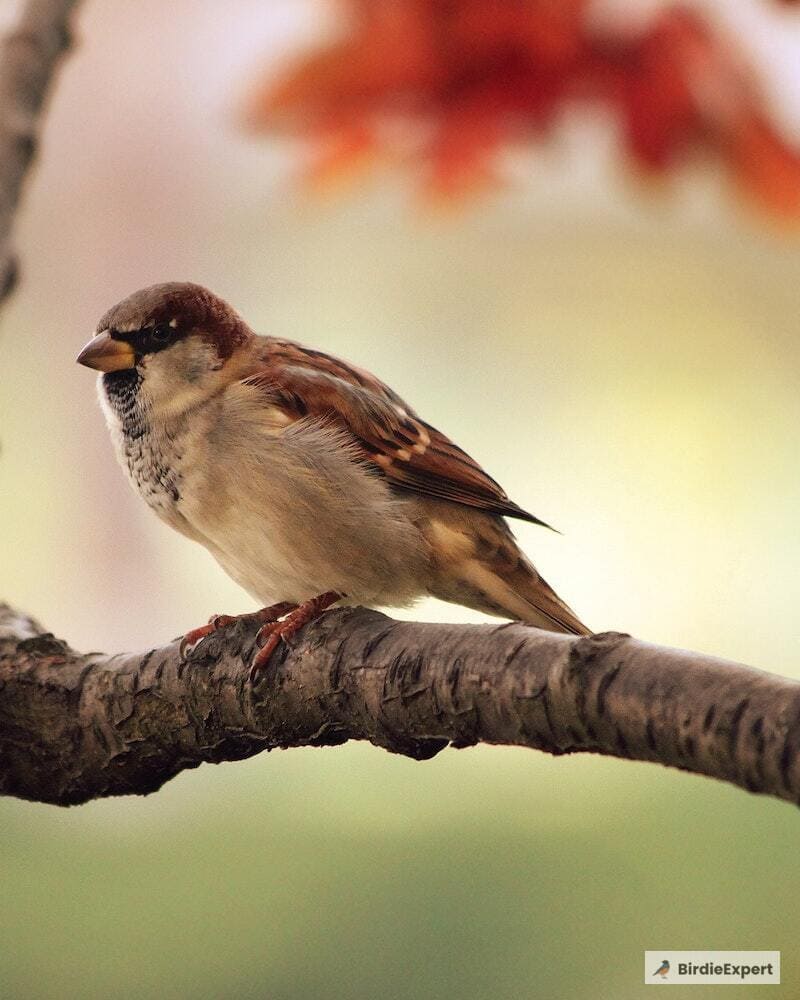
While sparrows are not typically kept as pets, there are instances in which they may be held in captivity. In most cases, however, captive sparrows do not survive for long. The average lifespan of a wild sparrow is only 2 to 3 years, and captive sparrows often succumb to stress-related illnesses or injuries.
In some cases, however, captive sparrows have been known to live for up to 10 years. The longest recorded lifespan for a captive sparrow is 15 years.
This sparrow was kept in a large aviary with other birds and had access to plenty of food and water.
How long do brown sparrows live?
Brown sparrows are a common type of bird found in many parts of the world. While they are not considered to be a long-lived species, some individuals have been known to reach an age of 15 years or more.
The average lifespan of a brown sparrow is generally between 2 and 5 years, however, depending on the location and conditions in which they live.
In captivity, brown sparrows typically have a shorter lifespan than those in the wild due to the lack of predators and other environmental hazards. However, with proper care and nutrition, brown sparrows can live long and healthy lives. If you want to know how long do sparrows live, check out the first heading.
What affects the lifespan of sparrows?
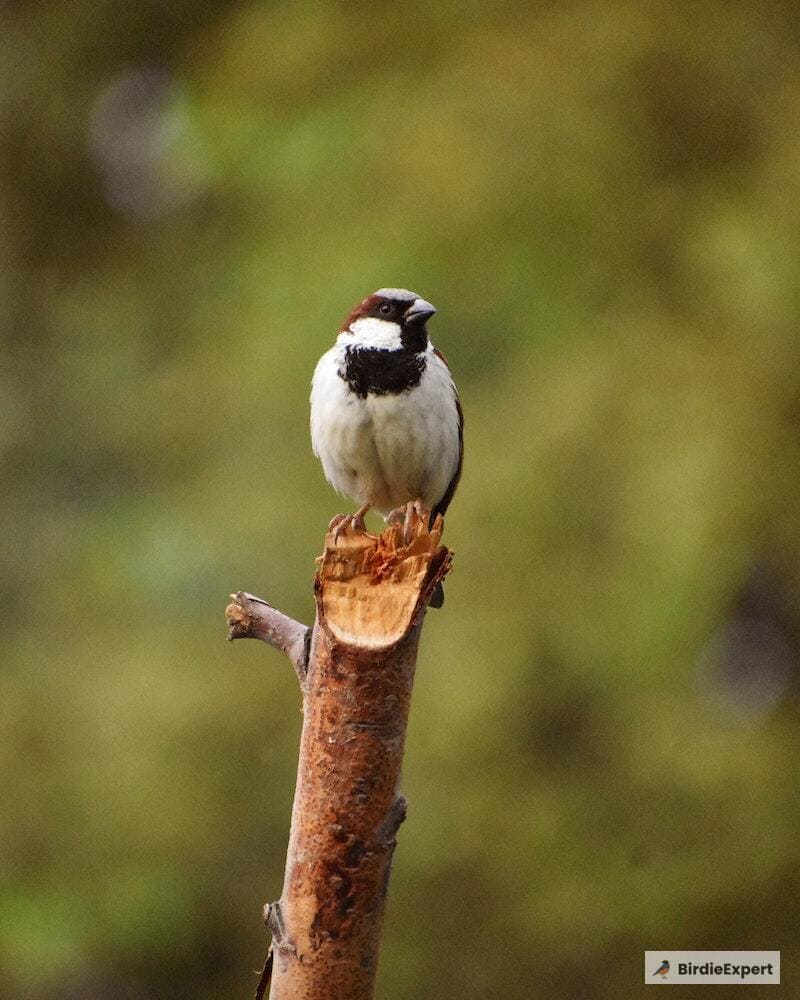
There are a number of factors that can affect how long a sparrow lives.
- One important factor is the availability of food. If sparrows don’t have enough to eat, they will not live as long as those who do.
- Another factor is the weather. Extreme cold or heat can be deadly for sparrows, as can severe storms.
- Finally, predation can also take a toll on the sparrow population. Birds of prey, cats, and other animals that eat sparrows can reduce the overall lifespan of the species.
Let’s discuss these factors in detail.
1. Predators
One of the main predators of sparrows is the cat. A study was done to see how different levels of predation by cats affected the lifespan of sparrows. The study found that when there was a high level of predation by cats, the lifespan of sparrows was significantly reduced.
The study also found that when there was a low level of predation, the lifespan of sparrows was not significantly affected. These results show that predation can have a significant effect on the lifespan of sparrows.
2. Diseases
Diseases can have a significant impact on the lifespan of sparrows.
1: Avian Malaria – One of the most common diseases that affects these birds is avian malaria. This disease is caused by a parasite that is transmitted by mosquitoes.
It can cause a wide range of symptoms, including lethargy, anemia, and death. In some cases, avian malaria can kill an entire flock of sparrows within days.
2: West Nile Virus – Another disease that commonly affects sparrows is West Nile virus. This virus is transmitted by Culex mosquitoes and can cause neurological problems, paralysis, and death. Although there is no cure for West Nile virus, it is possible to treat the symptoms and improve the chances of survival.
3: Avian Pox – Another disease that affects sparrows is avian pox, which is caused by a virus. The virus is spread through direct contact with an infected bird, or through contact with contaminated food or water.
Once infected, the bird will develop lesions on its face, legs, and body. In severe cases, the lesions can interfere with the bird’s ability to eat and drink, and can lead to death.
4: Avian Cholera – Another disease that commonly affects sparrows is avian cholera, which is caused by bacteria. The bacteria are typically spread through contact with contaminated water or food. Infected birds will often die suddenly, without any prior symptoms.
Given the threat of disease, it is important to take steps to protect your bird population. Some simple measures include: providing clean water and food like maintaining clean housing and preventing contact between sick and healthy birds. By taking these steps, you can help reduce the risk of disease in your bird population.
3. Pesticides
Pesticides are everywhere in the modern world. They are used in agriculture, in urban areas to control pests, and even in our homes to keep ants and cockroaches at bay. However, pesticides can also have a detrimental effect on wildlife, particularly on birds.
Sparrows are one of the most common bird species in the world, and they are often exposed to high levels of pesticides through the food they eat.
Studies have shown that pesticides can shorten the lifespan of sparrows by as much as 30%.
Pesticides are thought to cause health problems in sparrows by damaging their liver and kidneys, as well as disrupting their hormone levels.
In addition, pesticides can make it difficult for sparrows to find food, as the chemicals can kill the insects that they rely on for food. Consequently, the use of pesticides is likely to have a negative impact on the population of sparrows.
4. Injuries
Injuries are a leading cause of death for sparrows. A single injury can impact the lifespan of a sparrow significantly. For example, a broken wing or leg can prevent the sparrow from being able to fly or hunt effectively, both of which are essential for survival in the wild. In addition, injuries can also lead to infection, which can be deadly for sparrows.
A study conducted by the University of Minnesota Department of Ecology, Evolution, and Behavior looked at how different types of injuries affected the lifespan of sparrows.
- The study found that leg injuries were the most detrimental, resulting in a decrease in lifespan of up to 70%.
- Head injuries also had a significant impact, reducing lifespan by up to 50%.
- However, the study found that wing injuries had little effect on lifespan.
Consequently, it is important to do what we can to protect sparrows from injuries, whether it is by providing safe nesting areas or by keeping cats indoors.
By taking these steps, we can help ensure that these delightful birds are able to enjoy long and healthy lives.
5. Humans
One of the ways that humans affects the lifespan of sparrows is by destroying their natural habitats. This can be done through processes such as deforestation, which eliminates the trees and plants that sparrows need for shelter and food.
In addition, humans also build structures such as houses and roads, which can fragment sparrow habitat and make it difficult for them to find mates and raise young.
As a result of these activities, the global population of sparrows has declined sharply in recent years.
In addition to habitat loss, human activity also affects sparrow lifespan by directly killing them.
Sparrows are often killed by cars as they cross busy roads, or by cats and other predators that have been introduced into their environment by humans.
Moreover, sparrows are also sometimes killed for pest control purposes, as they are considered to be a nuisance by some people.
As human activity continues to increase, it is likely that the number of sparrow deaths will also increase, further threatening the survival of this species.
6. Parasites
Parasites can have a significant impact on the health and longevity of sparrows. In particular, mites and fleas can drain the birds’ blood and transmit diseases. These parasites can also cause the sparrows to become more susceptible to predation.
In addition, some parasites can directly damage the sparrows’ internal organs, resulting in a shortened lifespan. Therefore, it is important to control parasites in order to protect sparrow populations.
Environment
Sparrows are a common bird found in many parts of the world. While they are not currently endangered, their population has been declining in recent years. There are many factors that can affect the lifespan of sparrows, including their environment.
For example, sparrows that live in areas with high levels of pollution or other toxins tend to have shorter lifespans than those that live in cleaner environments. Additionally, sparrows that live in urban areas are also more likely to have shorter lifespans than those living in rural areas.
This is likely due to the fact that urban areas often have more hazards, such as traffic and predators, which can reduce the lifespan of sparrows. Therefore, it is important to maintain a healthy environment for sparrows if we want them to thrive.
Recommended reading: Bird With Black And White Striped Head
What is the scientific name of the house sparrow?
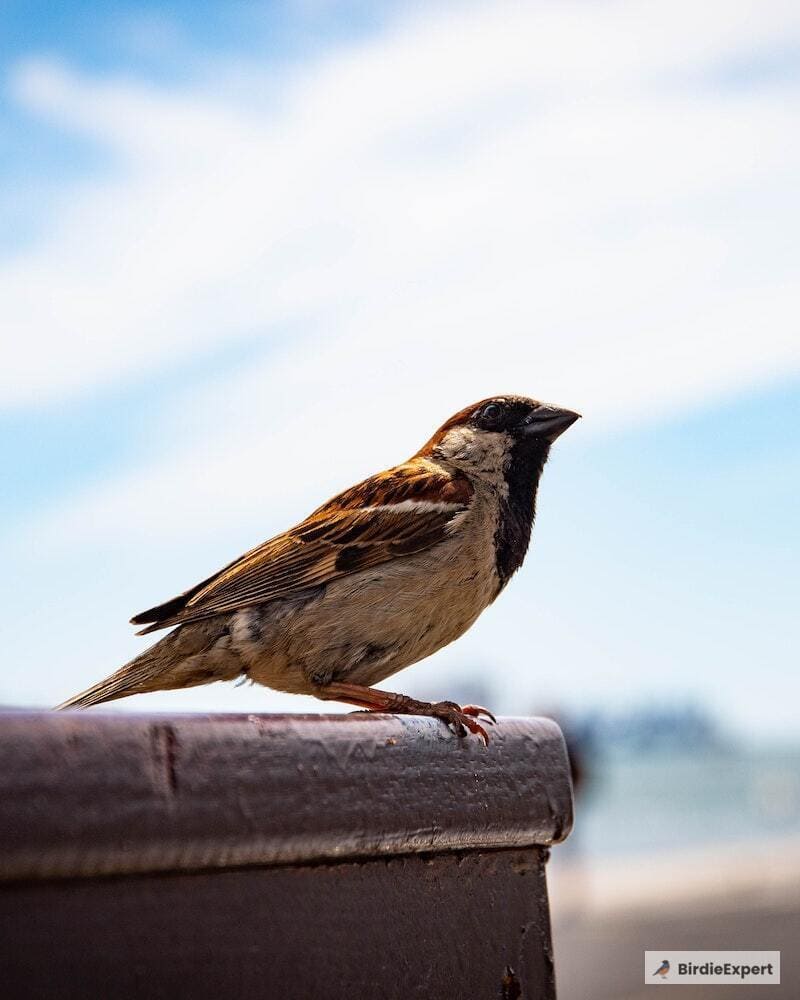
The house sparrow is a small bird that is found in many parts of the world. Its scientific name is Passer domesticus, and it belongs to the family Passeridae. The house sparrow is a highly adaptable bird, and it can be found in a variety of habitats, including urban areas, forests, and grasslands.
What can you do to reduce the risks?
House sparrow populations are in decline due to a variety of factors, including habitat loss, pesticide use, and competition from other bird species.
There are several things that you can do to help reduce the risks of sparrow death, including providing nesting materials, eliminating the use of pesticides, and planting native plants.
By taking these simple steps, you can make your backyard a haven for these important little birds. To know how long do sparrows live, read the headings above.
What happens when sparrows are released in nature?
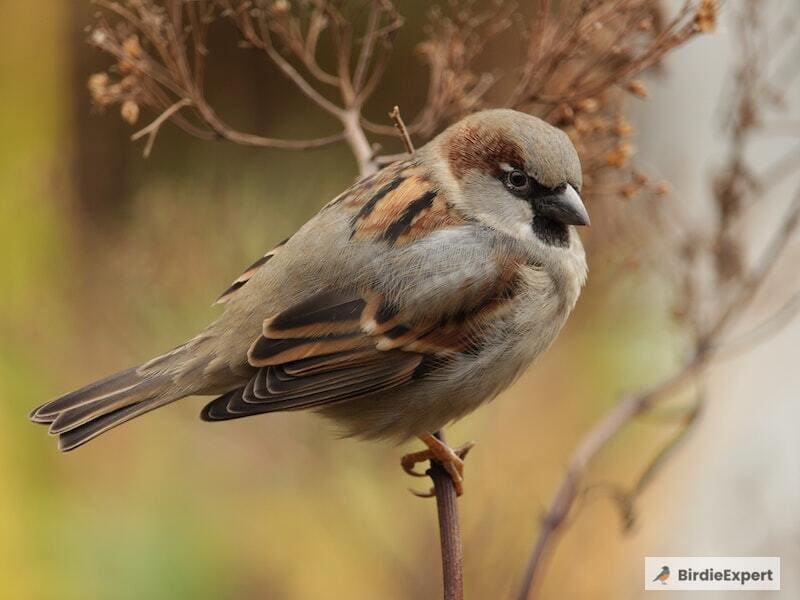
The release of sparrows into nature can have a number of positive effects on the environment. For example, these birds can help to restore the population levels of other species that rely on them for food or shelter.
In addition, released sparrows can help to increase genetic diversity within a population, which can make the population more resilient to disease and environmental changes. Ultimately, the release of sparrows into nature can help to support a healthy ecosystem.
Can you keep a sparrow as a pet?
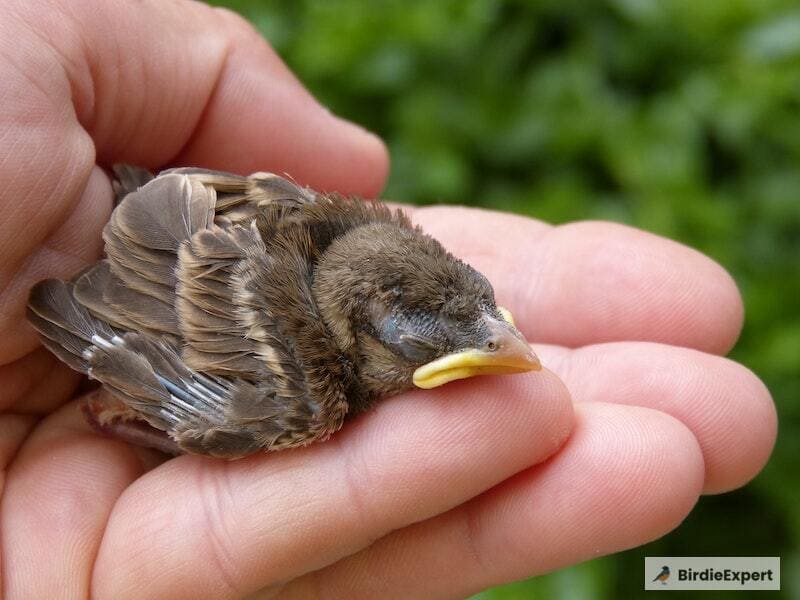
Though sparrows are not commonly kept as pets, it is technically possible to do so. Sparrows are small, social birds that typically live in flocks. They are relatively easy to care for and can be trained to eat from a bird feeder or drink from a water bowl.
In terms of housing, a small cage or aviary will suffice. Sparrows also require regular access to fresh water and a diet of seeds, fruits, and vegetables.
However, potential pet owners should be aware that sparrows are protected under the Migratory Bird Treaty Act and may not be captured or killed without a special permit.
As such, it is important to do your research before deciding to keep a sparrow as a pet. If you wondering how long do sparrows live after you keep them as a pet, then check out the first heading of this article.
Domesticated sparrow taking a bath
Final Words
To sum up, the average lifespan of a sparrow is around 2-3 years, though there have been cases where they have lived up to 10 years. There are many things that can affect their lifespans such as predation, disease, and weather conditions.
After reading this blog post, we hope you’ve found the answer to how long do sparrows live. As more and more people become interested in bird watching, it will be interesting to see how the sparrow population changes over the coming years.
Interesting articles:



